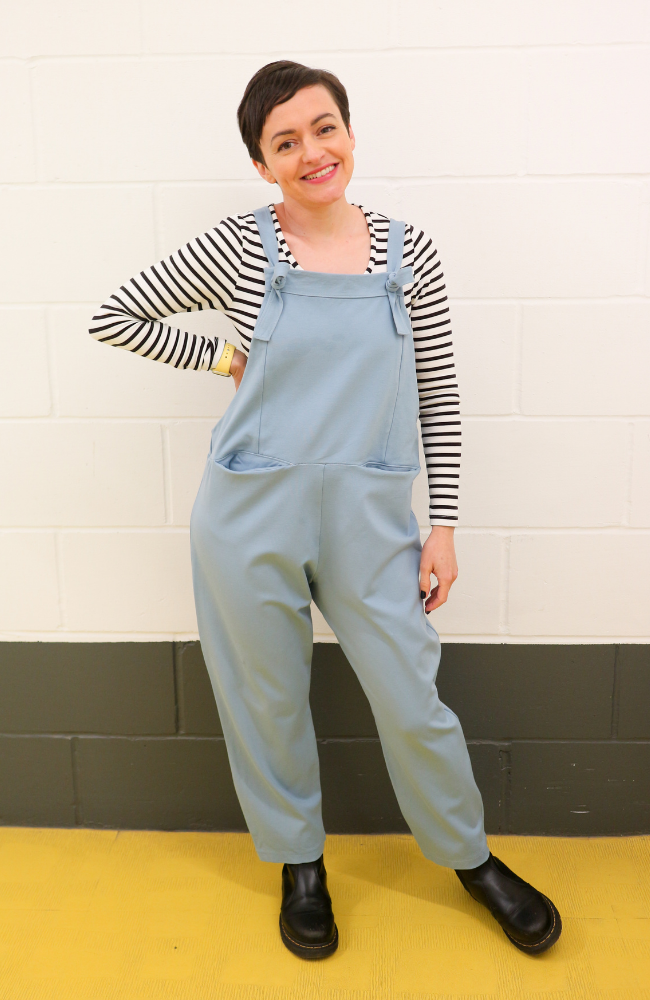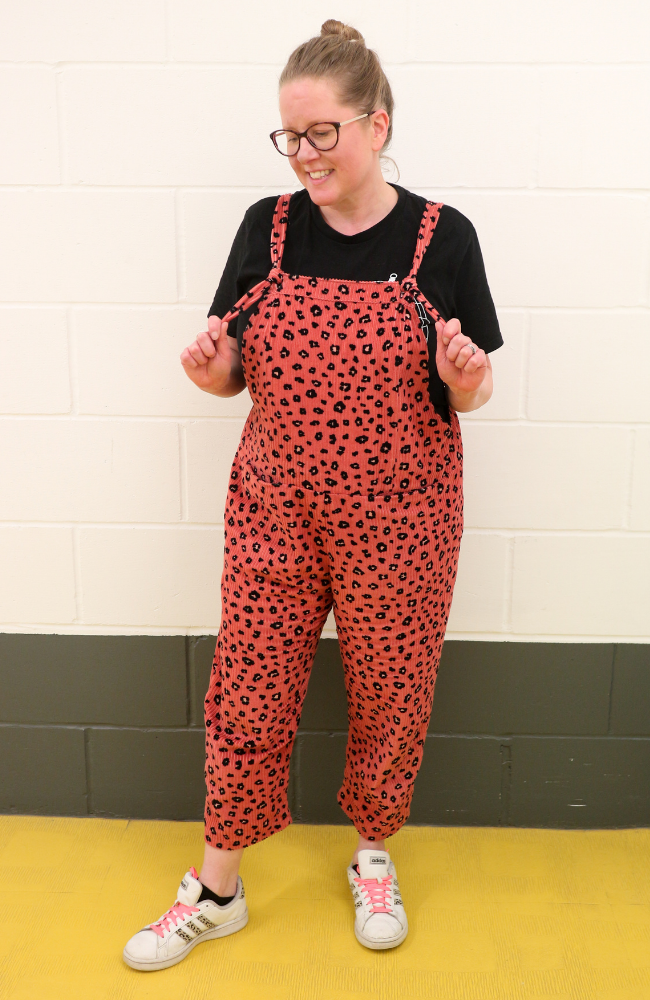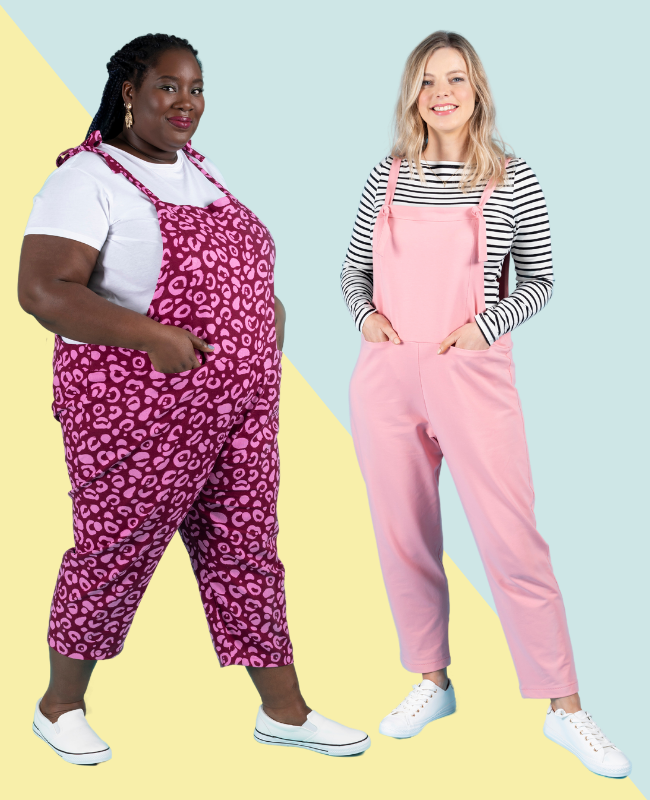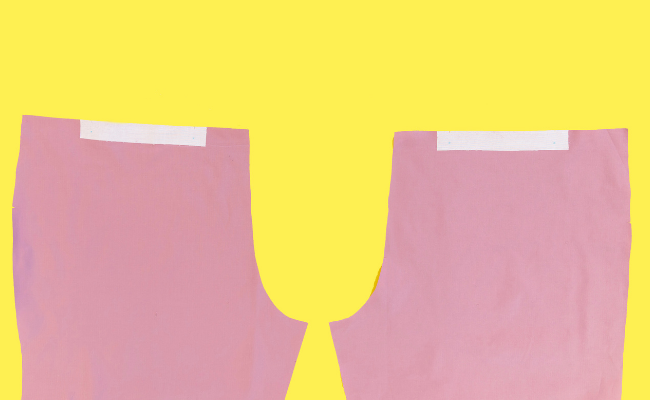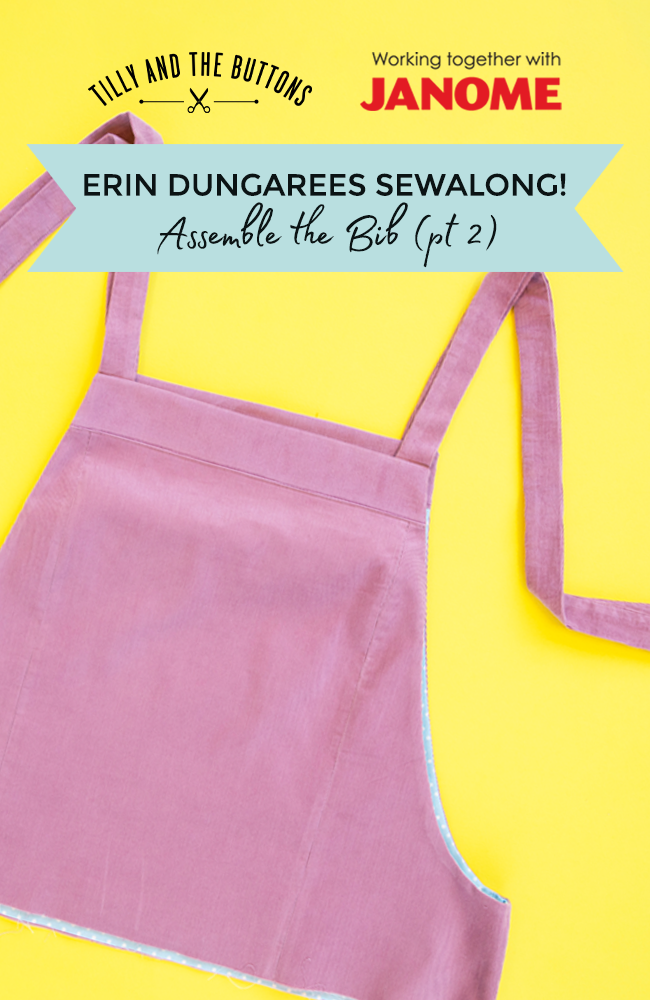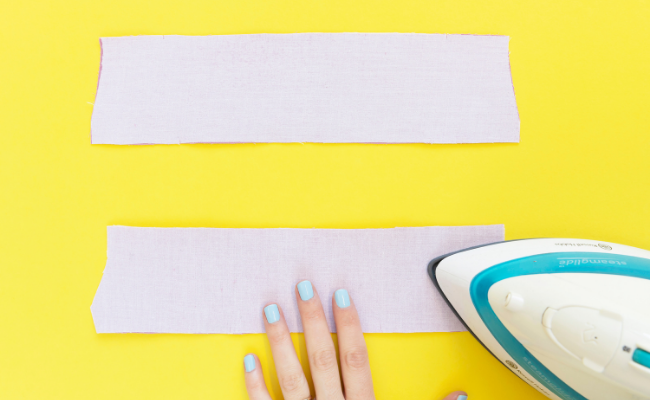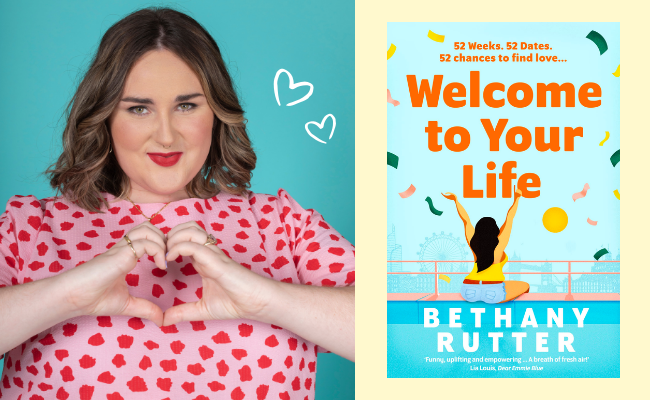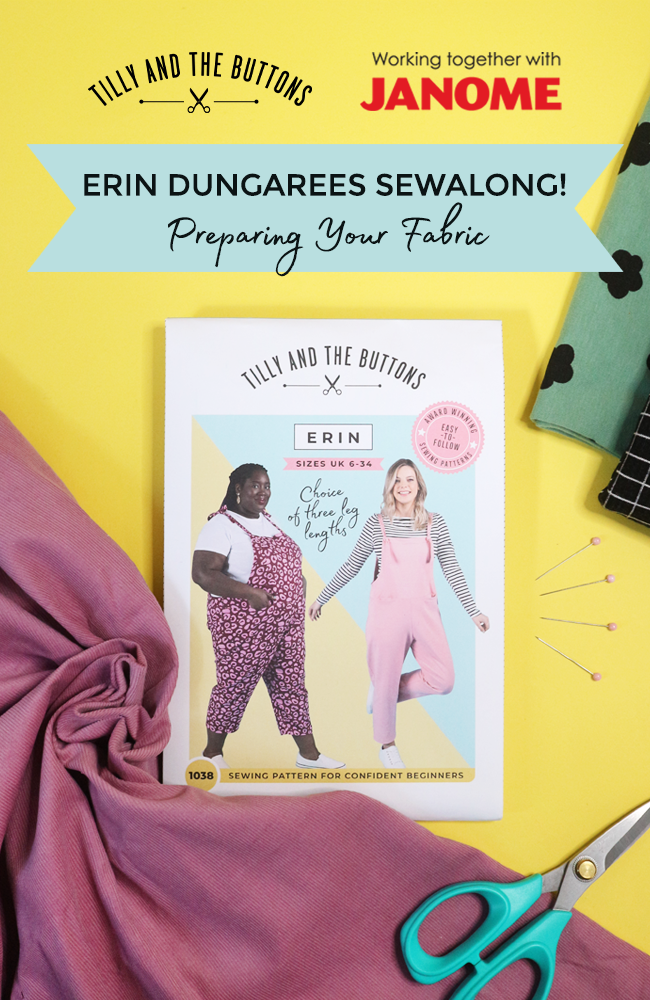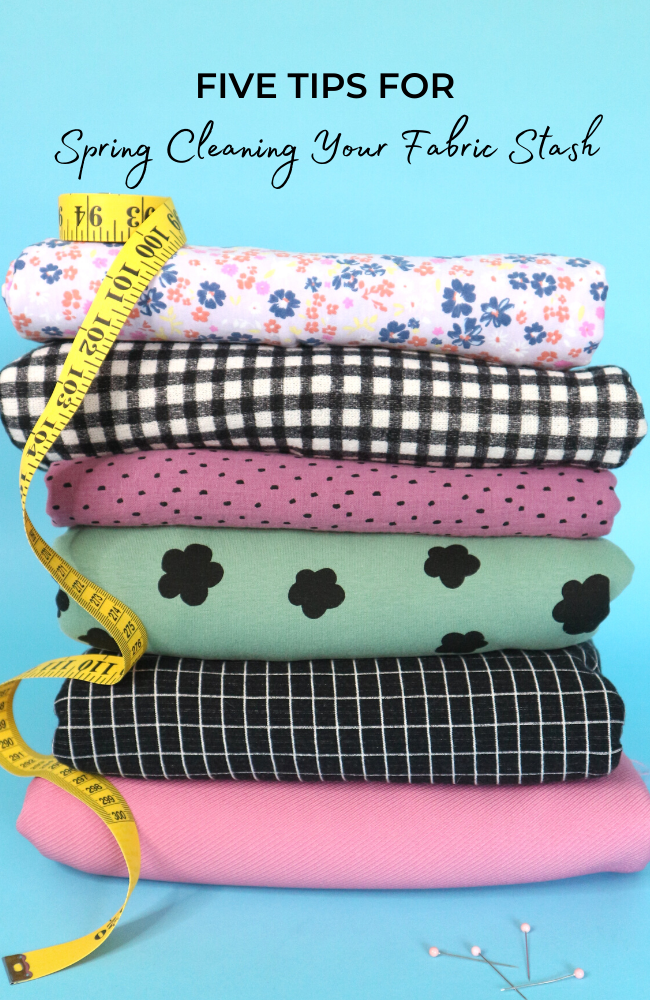
With blossoming trees and lighter, longer days at this time of year, many of us feel the urge to give our homes a good spring clean. And there's no reason to leave out our sewing spaces, as we sewists can certainly gather a wide variety of bits and bobs that are due a seasonal sort out... Yes, we're looking at you, fabric stash.
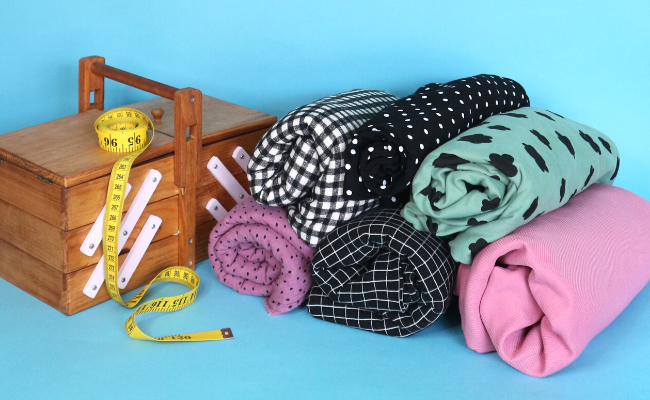
Acquiring a large collection of fabrics can be part and parcel of dressmaking, and fabric shopping is a separate hobby in itself, right? So it's no surprise our once humble fabric storage solutions quickly become overwhelmed. Not to mention the bags of scraps we hoard in case they come in handy someday (spoiler: they rarely do).
Sometimes a quick tidy isn't always the solution, sometimes you need to face facts and declare a destash! Whilst toying with the idea of simply buying another shelving unit for the overspill might sound like a plan, we understand that this quick fix won’t get to the root of the problem. Let's face it, for a lot of us, there are not enough days in the week to work our way through our fabric stash at a reasonable rate.
It's time to take action! If you're feeling overwhelmed and uninspired by your fabric stash, here are five tips to spring clean your fabric stash...
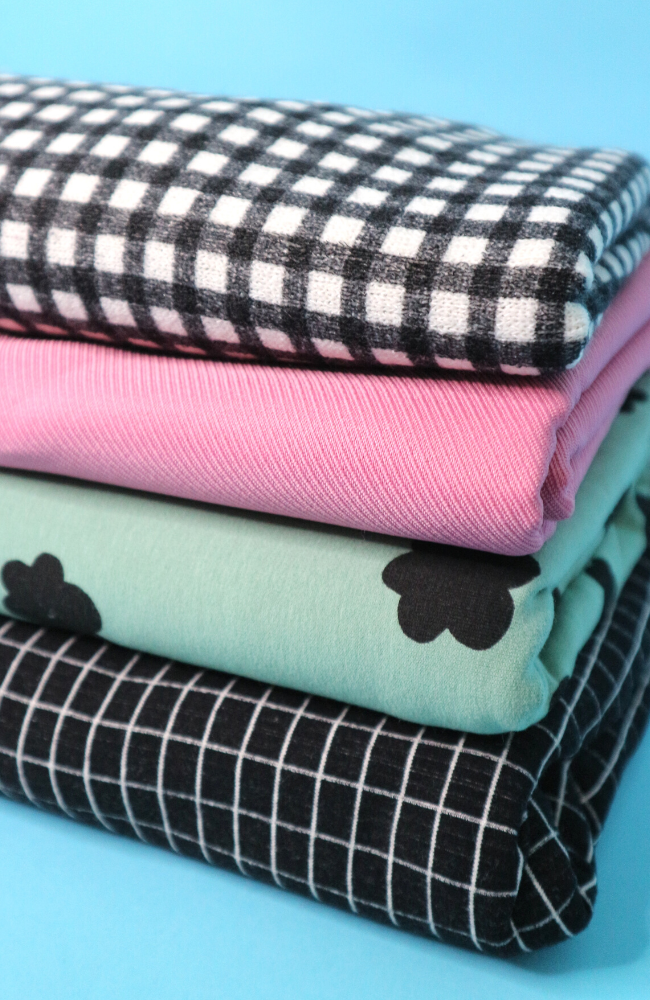
1. CREATE A "CAPSULE STASH"
A “capsule stash” is in the spirit of the “less is more” wardrobe principle. Our taste in fabrics can certainly change over the years, so weed out any pieces that don't match your current style - they deserve to be loved by someone, after all. Or, if you've discovered certain colours don't suit your skin tone as well as others, set those pieces aside because we want our fabrics to bring out the best in us!


